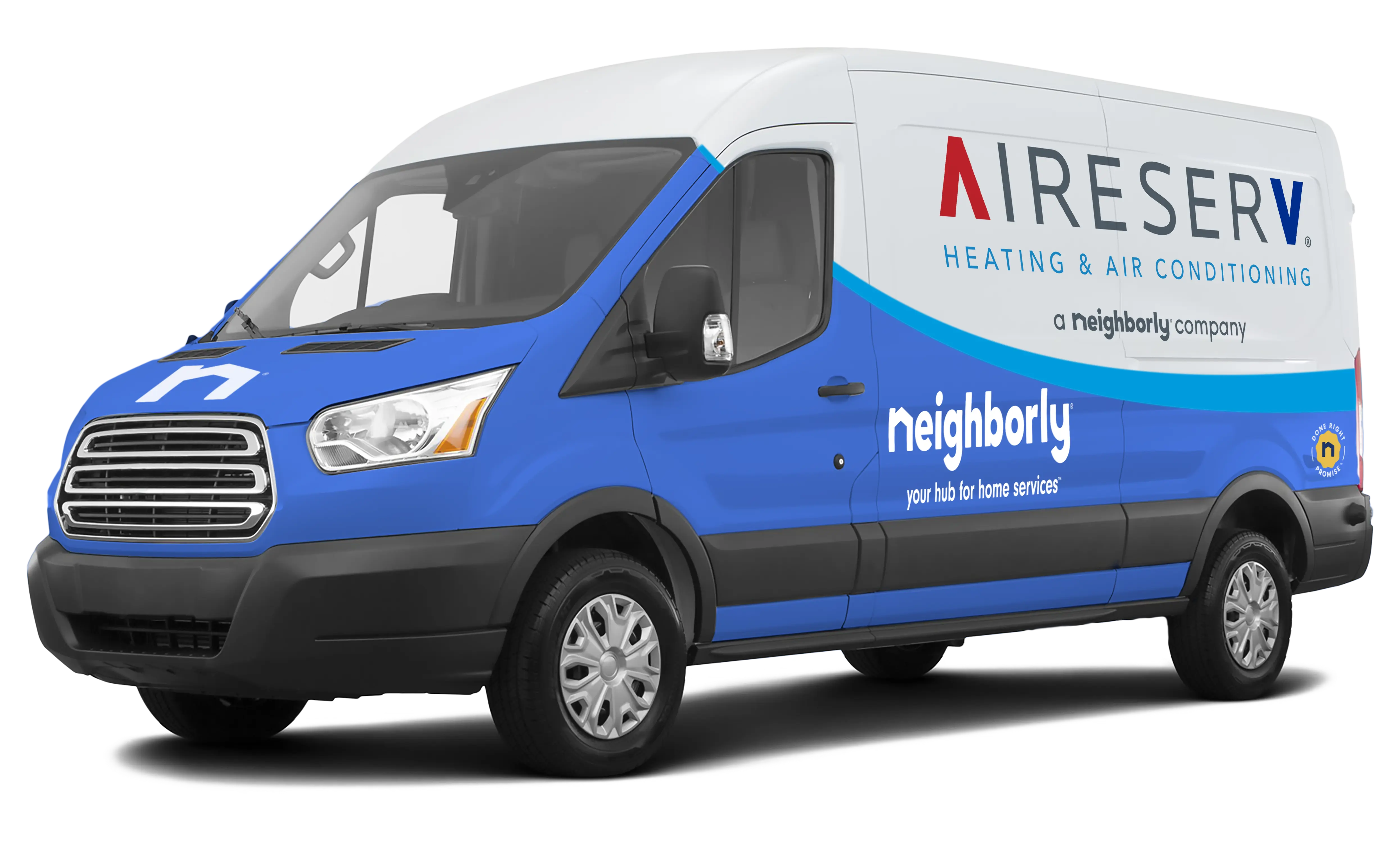As the sweltering days of summer fade in Northeast Ohio, homeowners face the challenge of transitioning their HVAC systems from cooling to heating. A smooth changeover not only ensures indoor comfort but also prevents costly repairs and improves energy efficiency.
This guide walks you through steps to efficiently transition your HVAC system from summer to fall, making the seasonal change seamless and stress-free.
1. Schedule a Professional HVAC Inspection
Fall is the perfect time for a comprehensive check-up:
- Inspect the furnace or heat pump for any wear or damage from the summer.
- Ensure thermostats, sensors, and electrical components are functioning properly.
- Check air filters, belts, and motors to keep your system operating efficiently.
A professional tune-up identifies potential issues before they become expensive problems during peak heating months.
2. Clean and Prepare Your Ductwork
Ducts can collect dust, debris, and allergens over the summer:
- Schedule a duct cleaning if it hasn’t been done recently.
- Seal leaks or gaps with HVAC-approved materials to prevent energy loss.
- Inspect return vents and registers to ensure unobstructed airflow.
Clean, sealed ducts help your system distribute air efficiently, whether heating or cooling.
3. Adjust Thermostat Settings
Proper thermostat management reduces energy costs and maintains comfort:
- Gradually transition to slightly warmer settings as outdoor temperatures cool.
- Use a programmable or smart thermostat to create efficient schedules for occupied and unoccupied periods.
- Avoid sudden temperature swings, which can strain the system.
Thoughtful adjustments reduce wear and tear while keeping your home comfortable.
4. Inspect Outdoor Units
Even as AC use decreases, the outdoor condenser still requires care:
- Remove leaves, branches, and debris to maintain proper airflow.
- Ensure the unit is level and free of standing water or soil buildup.
- Consider covering the condenser only if recommended by a professional to protect against fall storms.
Outdoor maintenance prevents damage and keeps your system ready for next spring.
5. Check for Air Leaks and Insulation Issues
As you shift toward heating, maintaining proper indoor temperatures is essential:
- Inspect doors, windows, and attic spaces for drafts.
- Add weatherstripping or caulk where needed to retain warmth.
- Ensure insulation in attics and crawlspaces is sufficient to reduce heating load.
Sealing and insulating prevents energy waste and helps your system maintain comfort efficiently.
6. Balance Humidity Levels
Fall air can vary in humidity, affecting comfort and system performance:
- Use a humidifier to add moisture during dry spells.
- Monitor indoor humidity levels to avoid mold growth or condensation.
- Ensure your AC’s condensate drainage system is clear to prevent residual moisture issues.
Balanced humidity improves comfort, protects your home, and enhances HVAC efficiency.
7. Prepare for Energy Efficiency
Seasonal transition is an opportunity to optimize energy use:
- Close blinds during sunny fall afternoons to reduce heat gain.
- Use ceiling fans to circulate warm air in combination with heating.
- Schedule regular maintenance to ensure peak system efficiency.
Efficiency-focused habits save money and reduce strain on your HVAC system throughout the season.
Final Thoughts
Transitioning your HVAC system from summer to fall in Northeast Ohio doesn’t have to be stressful. By scheduling inspections, cleaning and sealing ducts, adjusting thermostats, maintaining outdoor units, checking for leaks, managing humidity, and optimizing efficiency, homeowners can ensure consistent comfort, energy savings, and long-term system reliability.
Proactive seasonal preparation helps your HVAC system perform at its best while avoiding unexpected breakdowns, making fall a comfortable and worry-free season for your home.

